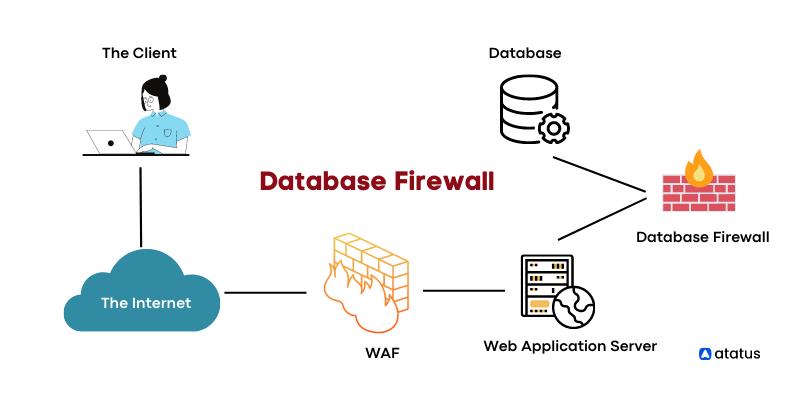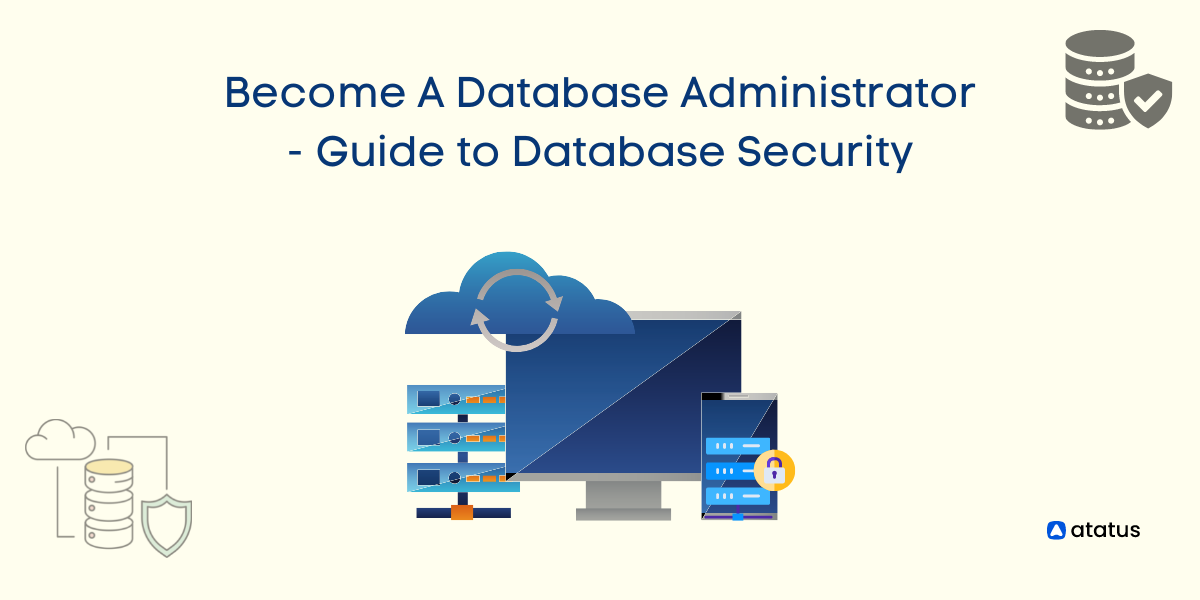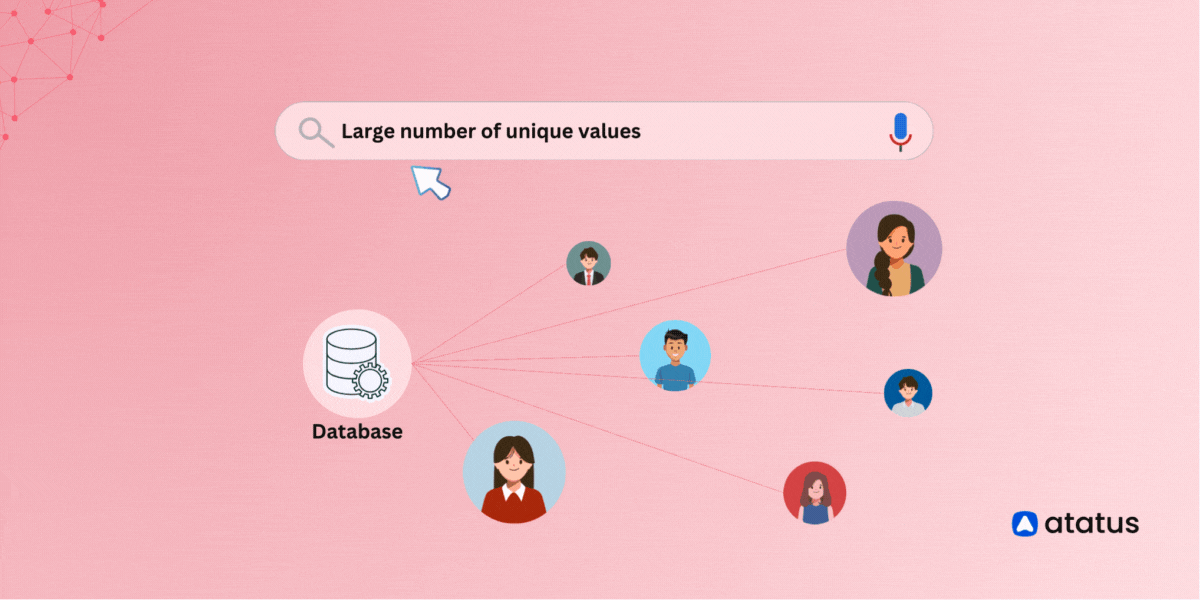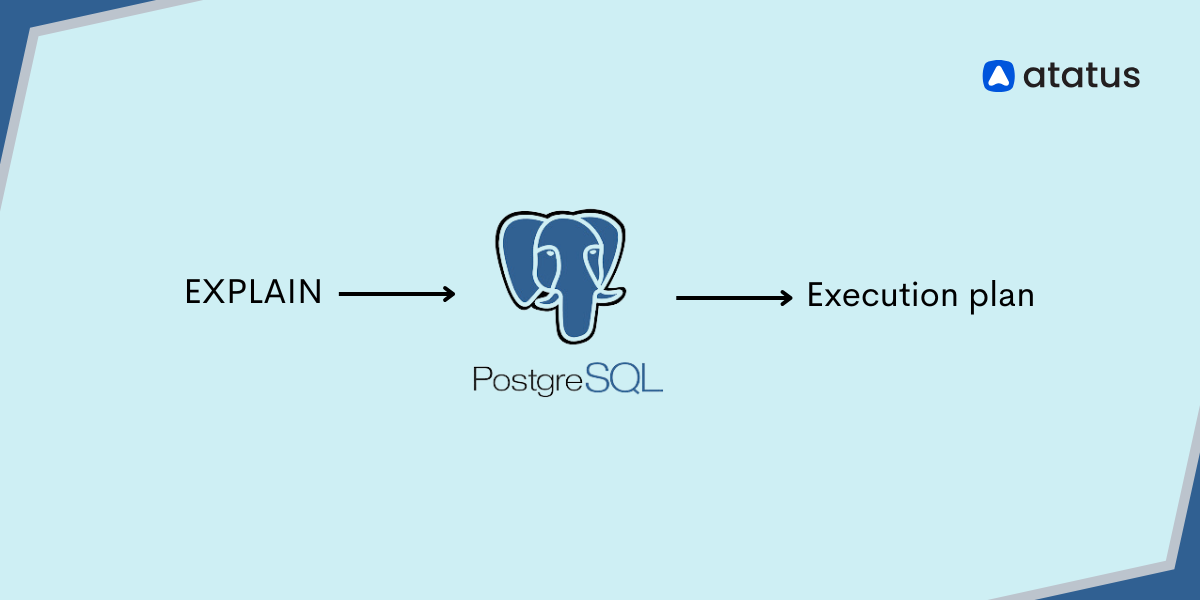Become a Database Administrator - Guide to Database Security
Database security includes a variety of measures used to secure database management systems from vicious cyber-attacks and illegitimate use.
Database security programs are designed to protect not only the data within the database but also the data management system itself, and every application that accesses it, from destruction, mishandling, and unauthorized access.
Database security is a broad concept that refers to the wide variety of actions taken to ensure a computer system or application remains in operation. Within the database management system, there are various vulnerabilities that may be exploited by destructive hackers and unlawful use.
To combat this, several different security programs are used to protect the data within the database and to safeguard any applications that access it from abuse and misuse.
The security of databases is required for many reasons. For criterion, it may be required to restrict access to authorized individuals, protect the data from online threats, or anonymize sensitive data.
- Database Firewalls
- Database Encryption
- Authentication and Access Control
- Application Security Integration
- Least Privilege Access
Database Firewalls
Database firewalls are a critical layer of defence for databases. They provide a framework for controlling access to your data and can be used to help secure both the database itself and the applications that interact with it.

Database firewalls can be implemented using a variety of technologies, including:
Network Firewalls - These devices sit between your network and the Internet and protect against external attacks on your network.
They are typically deployed at the perimeter of your network and can be used as an entry point for database traffic.
Web Application Firewalls (WAFs) - These devices sit in front of web applications and protect them from malicious traffic (i.e. SQL injection attacks).
They can be deployed in front of Web Servers or within applications themselves, depending on the needs of your organization.
Database Encryption
Database encryption, also known as database security, is a process of securing data in a database. The process of encryption involves scrambling the contents of the database so that only authorized users can view or manipulate it.
Database encryption is a form of data security that protects sensitive information from unauthorized access.
It prevents data from being read or modified by unauthorized users and protects against physical theft and misuse. Database encryption keeps your data secure from internal and external threats.
How does it work?
Database encryption is the process of securing data in a database. The process of encryption involves scrambling the contents of the database so that only authorized users can view or manipulate it.
When encryption is applied to a database, it helps protect against unauthorized access to any data stored in it.
And also prevents attackers from tampering with sensitive information stored in an application's memory space by overwriting or deleting that data.
Authentication and Access Control
Authentication and access control are the first line of defense in database security. Authentication is the process of verifying a user’s identity, while access control determines what they can do with the data they have access to.
Access control is used to prevent unauthorized users from accessing or manipulating data in a database. It’s an important part of database security because it helps ensure that only authorized personnel have access to sensitive information.

Authentication is the process of verifying a user’s identity. It prevents unauthorized users from accessing or manipulating data in a database.
Authentication is an important part of database security because it helps ensure that only authorized personnel have access to sensitive information.
There are two main types of authentication:
1) Internal – uses credentials stored within the application itself
2)External – uses credentials stored outside the application (e.g., using username/password combination)
Application Security Integration
The application security integration is the most critical component in your application security architecture. This is used to integrate the various components of your security stack with each other and with your applications.
The integration should be deployed as close as possible to the application, but it can also be located in front of the application server if desired. Application firewalls are usually deployed in front of a server to protect web applications from attacks.

They act as the first line of defense against hostile traffic and can detect and block common attacks such as SQL injection, cross-site scripting (XSS) and many others.
Application scanners look for vulnerabilities in web applications by scanning them for known attack patterns, misconfigurations and other weaknesses that could allow attackers to gain access or take control over a system.
Web application firewalls can be deployed on top of application firewalls to provide additional protection against attacks that may get past an initial set of defenses.
Least Privilege Access
The principle of least privilege access states that a subject should have no more access rights than are necessary to accomplish a specific task.
The principle is intended to reduce the potential damage that can be caused by malicious or accidental actions.
If a user is given more privileges than they need, then they have the potential to do more damage.
However, if you give them fewer privileges than they need, then they will not be able to accomplish their task and may become frustrated or even infuriated.
Recapitulate
Database security protects the data from destruction, corruption or unauthorized access. Database security is crucial for protecting the confidentiality and effectiveness of information-sensitive applications in both public and private sectors.
Secure databases are the backbone of the business world. A database server is capable of storing huge amounts of information and determining how that information is accessed and updated.
Determining the security level for a database takes time, as every business is different, but there are some general guidelines that can be followed to help ensure security.
The most important thing to remember about database security is that it must be maintained at all times, and never let your guard down when it comes to protecting your data.
Proper database security can ensure long-term functionality and avoid the public embarrassment caused by a devastating data breach.
Database security programs are designed to protect not only the data within the database, but also the data management system itself, and every application that accesses it, from misuse, damage, and intrusion.
Database monitoring with Atatus
Database monitoring of Atatus provides an in-depth understanding of the performance of your database by glimpsing slow database queries within your requests and transaction traces in order to furnish valuable insights.
Learn how each database operation impacts your transactions. Get the original traces for the response times, throughput and slow SQL queries for each database table and operation.
Using normalized queries, you can view a list of all slow SQL calls to understand which tables and operations are most problematic. Know which functions were called when, and what the results were in the long term.
Investigate individual database operations with Atatus to learn which endpoints call such tables and operations, along with the amount of time, response time, throughput, and slowest SQL queries involved.
With Atatus, you can capture all requests to your applications without modifying your source code. Obtain a clearer understanding of how your methods, database statements, and external requests influence your users' experience.
Bring your app to life faster and free of bugs with Atatus. Check out the 14-day unlimited free trial!
#1 Solution for Logs, Traces & Metrics
APM
Kubernetes
Logs
Synthetics
RUM
Serverless
Security
More





